For this month's Cinemascope, things get a little unusual. The horror scene is nothing special, even with Vincent Price starring, but you must dig the filmed play that George reviews below!
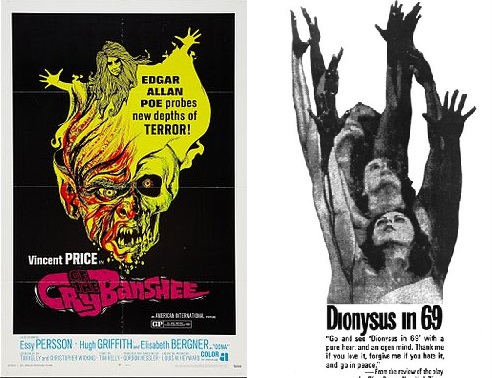
For this month's Cinemascope, things get a little unusual. The horror scene is nothing special, even with Vincent Price starring, but you must dig the filmed play that George reviews below!


By Jessica Dickinson Goodman
In the past 30 days, according to The New York Times, American homosexuals have shouted at a gubernatorial candidate on the street, forced the American Medical Association into private session, published theses and books, debated the "frivolous"ness of their rights with U.N. Youth Assembly delegates, been the subject of a positive resolution at the Lutheran Church in America's biennial convention, a negative note from a Vatican aide.
And perhaps most powerfully, they marched.

"Thousands of young men and women homosexuals from all over the Northeast marched from Greenwich Village to the Sheep Meadow in Central Park yesterday proclaiming 'the new strength and pride of the gay people.'"
Continue reading [July 26, 1970] "The Hearts of Men" and Women (June and July "Gay Pride" Protests)

By Mx Kris Vyas-Myall
Last time I talked about popular music, I noted there was a battle between the past and the future. Looking at the sales figures today, it seems like the desire for nostalgia has won out. Around half the top 40 singles and over a third of the top 40 albums are in the country-folk-blues-rock style that is currently in vogue. The sound pioneered by The Band, CCR, Canned Heat and Buffalo Springfield (among others).

Some of the albums people are currently buying in droves
Furthermore, in a reverse of the British Invasion, it has been overwhelmingly American artists that have been selling, often singing about the old America. Whether this be The Beach Boys talking about the “cottonfields back home” (apparently, they no longer love California Girls), Elvis opining being “in the cold Kentucky rain” or CSNY telling us “country girl I think you’re pretty”, it seems Americana is big. Even British groups have been getting in on the act, with Christie saying they are “on [their] way to Yellow River” and Mungo Jerry singing the San Francisco Bay Blues, even though I doubt if any of them have spent much time on US soil.

And singles that remain stubbornly in the charts over the summer
This has also extended to the more liberal themed songs in the charts, which seem to be about how America has gone wrong, whether that be Marvin Gaye’s version of Abraham, Martin and John or Joni Mitchell lamenting that “they paved paradise, put up a parking lot”.
The question of “what has happened to America?” seems to be one everyone is asking, and it has even entered into the world of comic books:
Green Lantern, Co-Starring Green Arrow
DC comics has not really been holding its own against Marvel recently. They launched a few interesting new characters but they have mostly disappeared from the shelves. This shake-up of three existing crime-fighters is unlike anything I have ever seen in the world of superheroes.

by Arturo Serrano
I've spent the last few months exchanging letters with an American friend, who has been educating me about a curious phenomenon they're seeing over there: the quick emergence of new religions whose foundation is, uniformly, some account of an alleged extraterrestrial encounter. From the peculiar case of the Mormon faith, I already knew that the Americans had a unique ability to cook up a doctrine from whole cloth and make it explosively successful in terms of gaining devotees and social influence. But even that knowledge did not prepare me for the alarming piece of investigative journalism which my friend has mailed me along with his latest letter. It's a book published this year, written by a Dane called George Malko, with the title Scientology: The Now Religion. It describes the author's journey to explore and unravel a whole intricate system of theology, liturgy, morality, and salvation begun only two decades ago, by the obviously troubled science fiction writer of moderate fame, named Lafayette Ronald Hubbard.
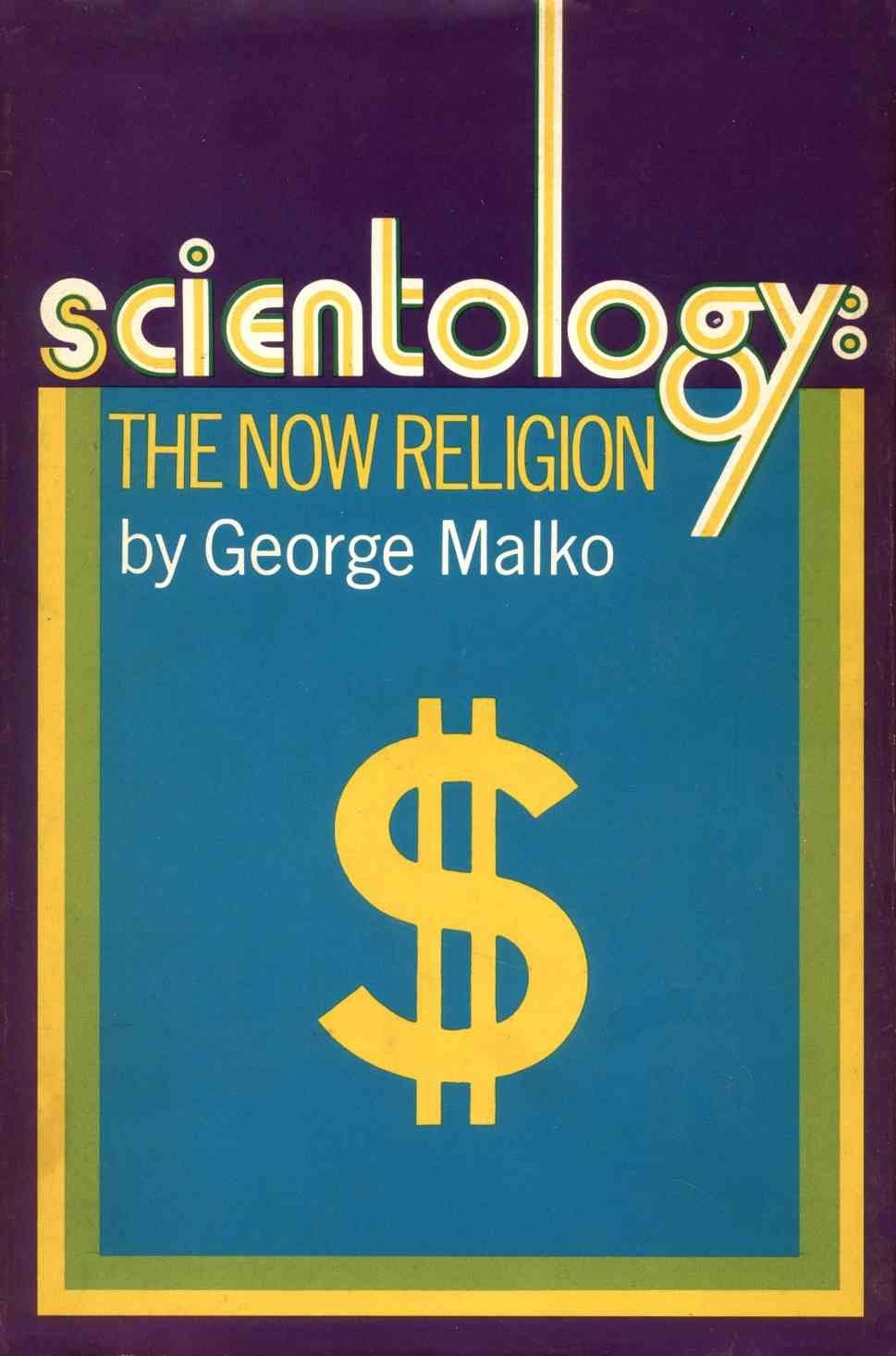
In a nutshell, Scientology (a bland, uncreative name if I've ever heard one) teaches that the human spirit has lived countless lives in countless bodies on countless planets, and we all carry the scars of emotional trauma accumulated over aeons of reincarnations. But fear not! The same church that reveals to you that you have this problem happens to be selling the solution: by letting a complete stranger take note of your darkest secrets in front of a lie detector, you can achieve the next level of enlightenment. And the next. And the next. With each milestone, you're supposed to become more in control of yourself, more unperturbed by the psychic echo of your past lives, and more capable of performing feats of paranormal wonder. There's a finely subdivided series of degrees of perfection you can rise to, provided that you can afford the requisite study materials. That's the only penitence that this church expects of you: the thousands upon thousands of dollars that it costs to buy its ever-increasing but, unsurprisingly, never complete form of happiness.

by Gideon Marcus
Of horses and streams
Tom Paine is trying the most desperate of Hail Mary passes. Aviation Weekly just published a piece that the NASA administrator is pitching the idea of an international space station with at least six astronauts from a number of countries, possibly even from behind the Iron Curtain, to be launched in the Bicentennial year of 1976.
The price? Diverting Apollos 15 and 19 to the Skylab program, scheduled to start in 1972, and shifting Apollos 17 and 18 to the new space station. As a result, only two more Apollo missions would fly to the Moon.
There's some logic to this—after all, the Soviets have given up on the Moon, and we've already been twice. Moreover, the Reds are now focusing on orbital space stations (if the recent Soyuz 9 flight and the prior triple Soyuz mission are any indication). Shouldn't we change course, too?
I have to think this idea a plan to save the Space Shuttle. With Senators Proxmire and Mondale sharpening their knives to gut the space agency's budget, Paine figures that the way to keep the next-generation orbital launch vehicle in business is to give it a fixed destination. After all, once the two Apollos have been used, the only way to get astronauts to the station will be on the Space Shuttle.

A Space Shuttle Orbiter docks with the NAR Phase B Space Station using a module deployed from its payload bay and linked to the docking port atop its crew cabin. Image credit: North American Rockwell. (text by David Portree)
The timing is awfully tight, though. The Shuttle won't be done until at least 1977, which means the station will have to lie fallow for a while until the vehicle is online. That's assuming the advanced station can even be developed and deployed in six years, which seems doubtful. Skylab is just an adapted Saturn V upper stage. This proposed station would probably be something entirely new.
In any event, it seems foolish to squander Kennedy's legacy and barely scratch the surface of the Moon, scientifically speaking, when an infrastructure for further exploration is already in place. Shifting course so rapidly stinks of desperation. As Walter Matthau once said, playing a gambler in an episode of Route 66, "Scared money always loses."
Of dolphins and dreams
The realm of science isn't the only dubious one this month. Take a gander at the latest issue of Fantasy and Science Fiction to see what I mean…

Cover by Bert Tanner
For our second of July's Galactoscopes, we have quite the mixed bag: two winners and two losers. Aren't you glad you've got us to navigate the dross for you?

We're breaking up this month's Galactoscope in two—and the dross leads the back. The next three books are all sub-mediocre, but the reviews are well worth the price of admission!
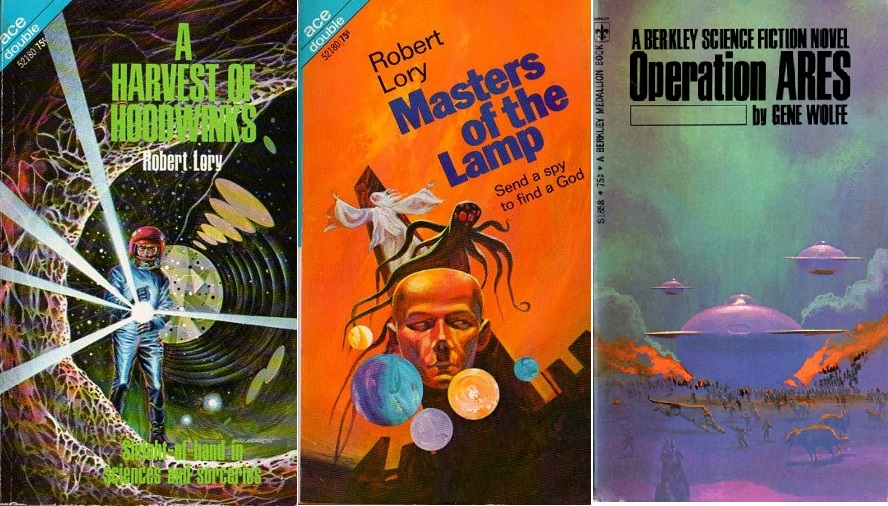
Continue reading [July 18, 1970] Two-star three step (July 1970 Galactoscope)

by Jason Sacks
We here at the Journey pride ourselves on our international reach and viewpoint. We have writers from across the world, and we love to read work from a full spectrum of countries.
While we've dabbled a bit with Eastern European and Soviet fiction, this has been a bit of a blind spot for this zine.So when The Traveller asked me to review a new anthology of SF from behind the Iron Curtain, I jumped at the opportunity.
Other Worlds, Other Seas is a new anthology of science fiction stories from Socialist countries, published by prestige publisher Random House and edited by expert Darko Suvin. Suvin was born in the Yugoslav province of Croatia, and emigrated to Canada where he teaches at McGill University in Montreal.
Suvin still has deep ties to his native region, and has gained a reputation as one of the foremost critics and experts on SF from that area of the world. As part of that effort, Suvin has assembled a collection of fiction from some of the most prominent writers from that region.
As Suvin himself says, this is by design a quick overview. Other Worlds, Other Seas is only 200 pages long, so longer pieces were unavailable, as were stories from countries like East Germany for various reasons.
What Suvin compiled here is a classic mixed bag of stories. A handful of tales here are brilliant, a handful feel pointless. Allow me to break down that roster below. 
Continue reading [July 16, 1970] Journey Behind the Iron Curtain, Journey into Space

By Mx Kris Vyas-Myall
So, Britain has a new Prime Minister. Edward “Ted” Heath (not the conductor). He couldn’t be more different from the last Conservative Prime Minister, Sir Alec Douglas-Hume. Heath is the son of a carpenter and a chambermaid. He worked in banking, is unmarried and has a passion for sailing yachts and playing the organ.
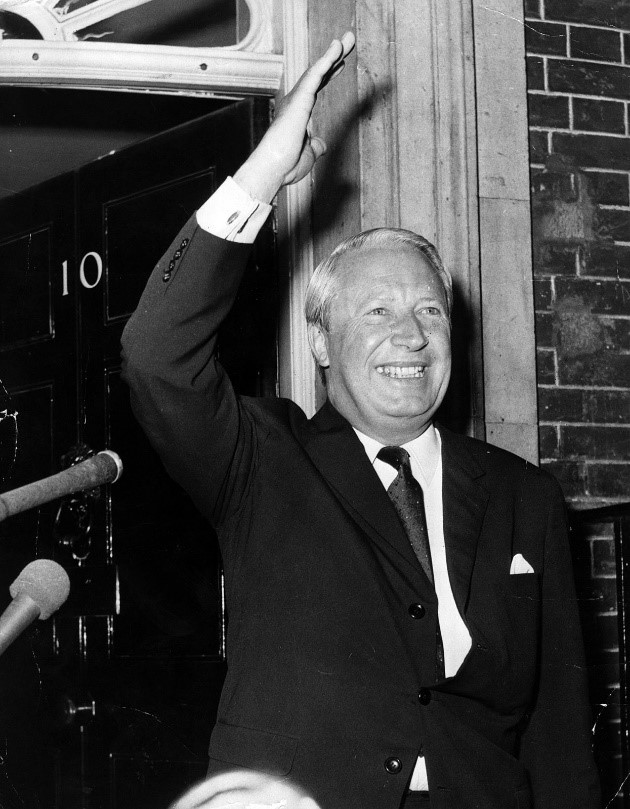
Edward Heath moves into his new house
One of the first orders of business for him, as it would have been for Wilson, is a meeting with The Six, AKA the leaders of the six members of the European Economic Community, in order to discuss the possibility of Britain’s entry into the Common Market. This is a particular passion project for Heath, who is a known Francophile and whose previous negotiations in this era led to the press declaring him “Lord Heath of Brussels”.
In fact, Britain is not the only country trying to join. Ireland, Denmark and Sweden have all made applications to join and these have been going on for some time. There is however a reason this year will be different. That is the absence of Charles de Gaulle. Central to French politics over the last decade, he used his power to oppose any enlargement of the EEC.
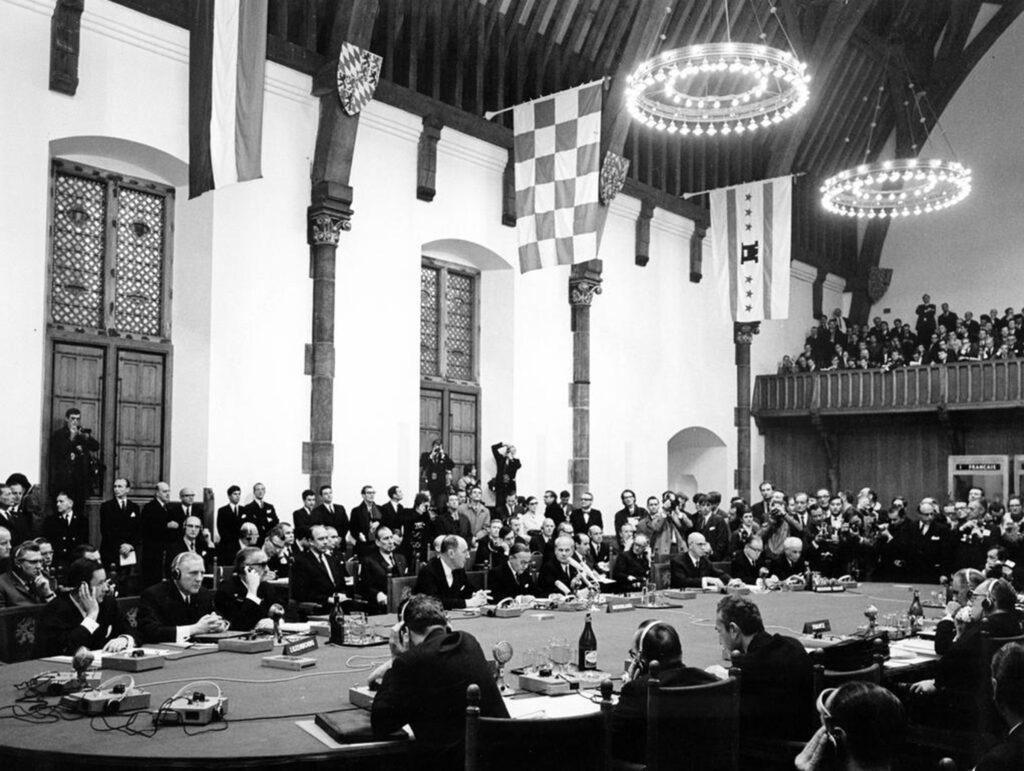
The December Hague Summit
With his retirement and replacement by Pompidou, who has switched his approach to appeal to more liberal voters, the calculus has changed. Following the Hague Summit in December negotiations have officially begun again in Luxembourg. There are a number of points that are still subject to negotiation, but things appear to be moving forward.
In the pages of Vision of Tomorrow, Europhilia is on display and it is time for me to negotiate my way through six stories: some about major nations, some involving small grand duchies, but all will be covered with sufficient weight:
Vision of Tomorrow #11
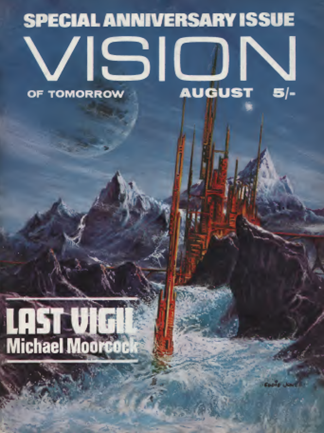
Cover by Eddie Jones
Continue reading [July 14, 1970] Hit For Six (Vision of Tomorrow #11)

by Victoria Silverwolf
Now that we're well into the first year of a new decade, it's possible to look back on the recently ended 1960's and acknowledge that it's been a time of extraordinary changes in society. Music, clothing, civil rights, the peace movement, and so forth. Even in the relatively tiny world of imaginative fiction, the so-called New Wave has hit the field like a tornado.
Many of these revolutions have been led by youths. Recently, many young people in the United States have been demanding the right to vote at the age of eighteen instead of twenty-one. (Shades of Wild in the Streets!)

A typical demonstration promoting the lowering of the voting age. This one happened in Seattle last year.
On June 22 of this year President Nixon signed an extension of the Voting Rights Act of 1965, requiring that the voting age be eighteen in all federal, state, and local elections. However, the constitutionality of this extension is under question, so don't celebrate yet.

Nixon had doubts about the constitutionality of the extension even as he signed it, so he ordered a court case to decide the issue.
The latest issue of Fantastic reflects the changes that have been going on, with the New Wave movement influencing a great deal of fiction and nonfiction in its pages. Don't worry; there's enough Old Wave content to satisfy traditionalists as well.

Cover art by Jeff Jones. Note that the Fantastic Illustrated feature promised on the cover does not actually appear in the issue.
Continue reading [July 12, 1960] The New Generation (August 1970 Fantastic)